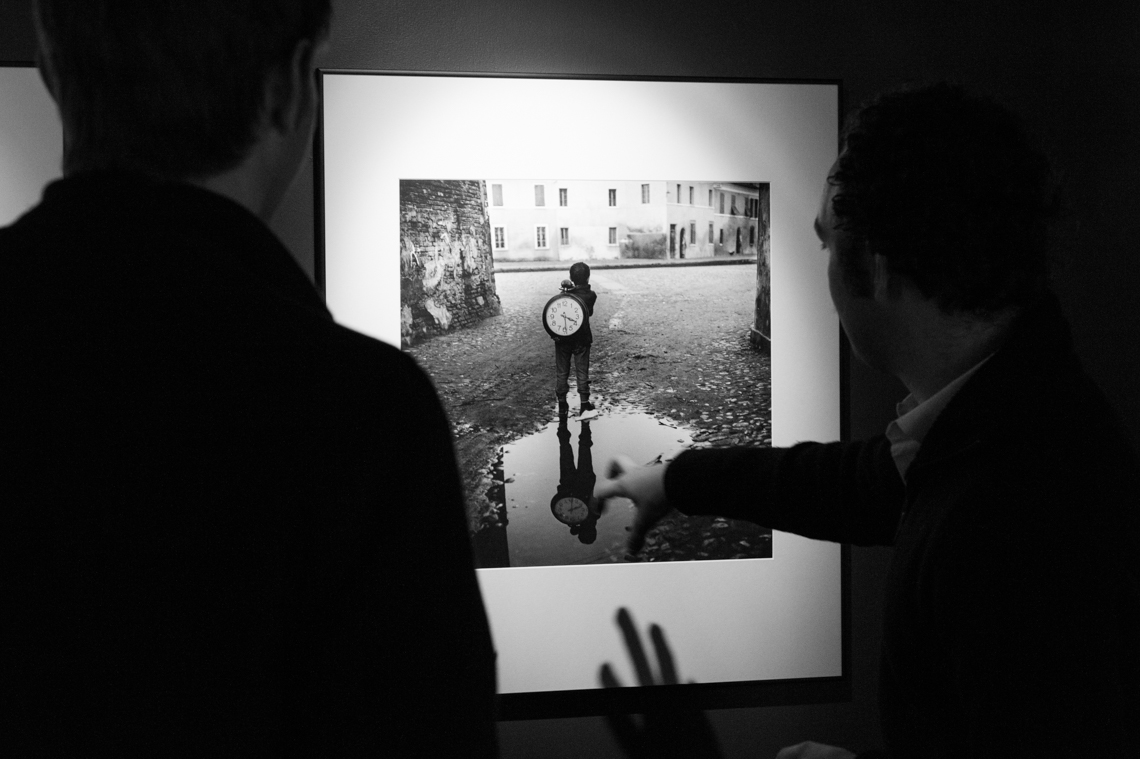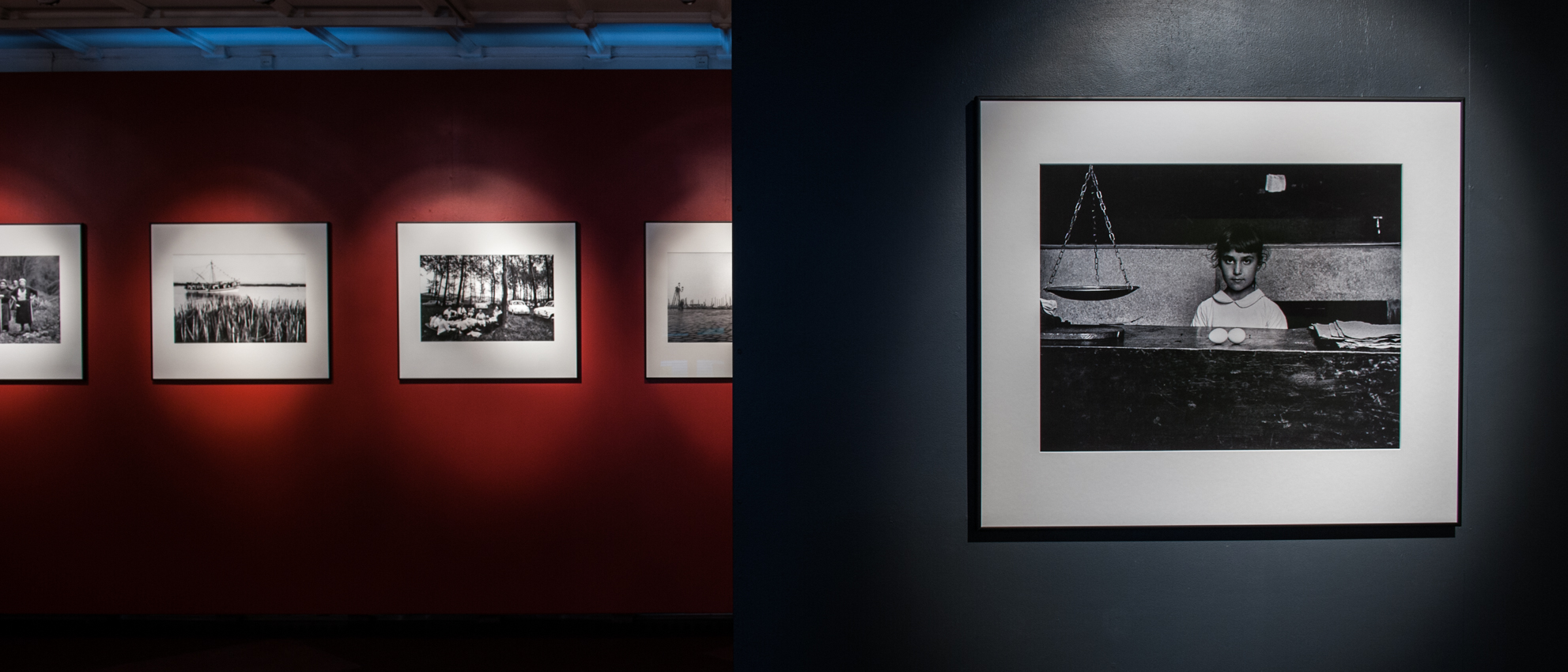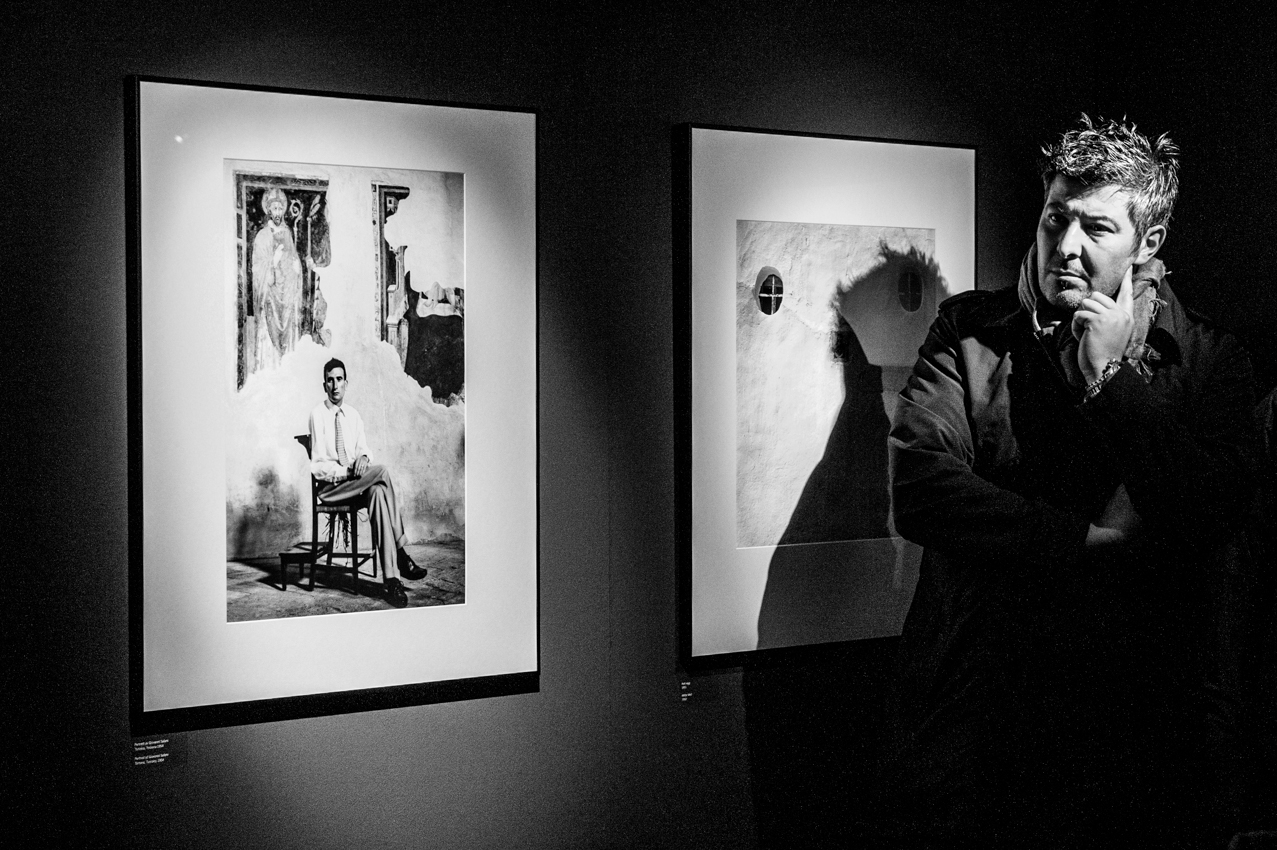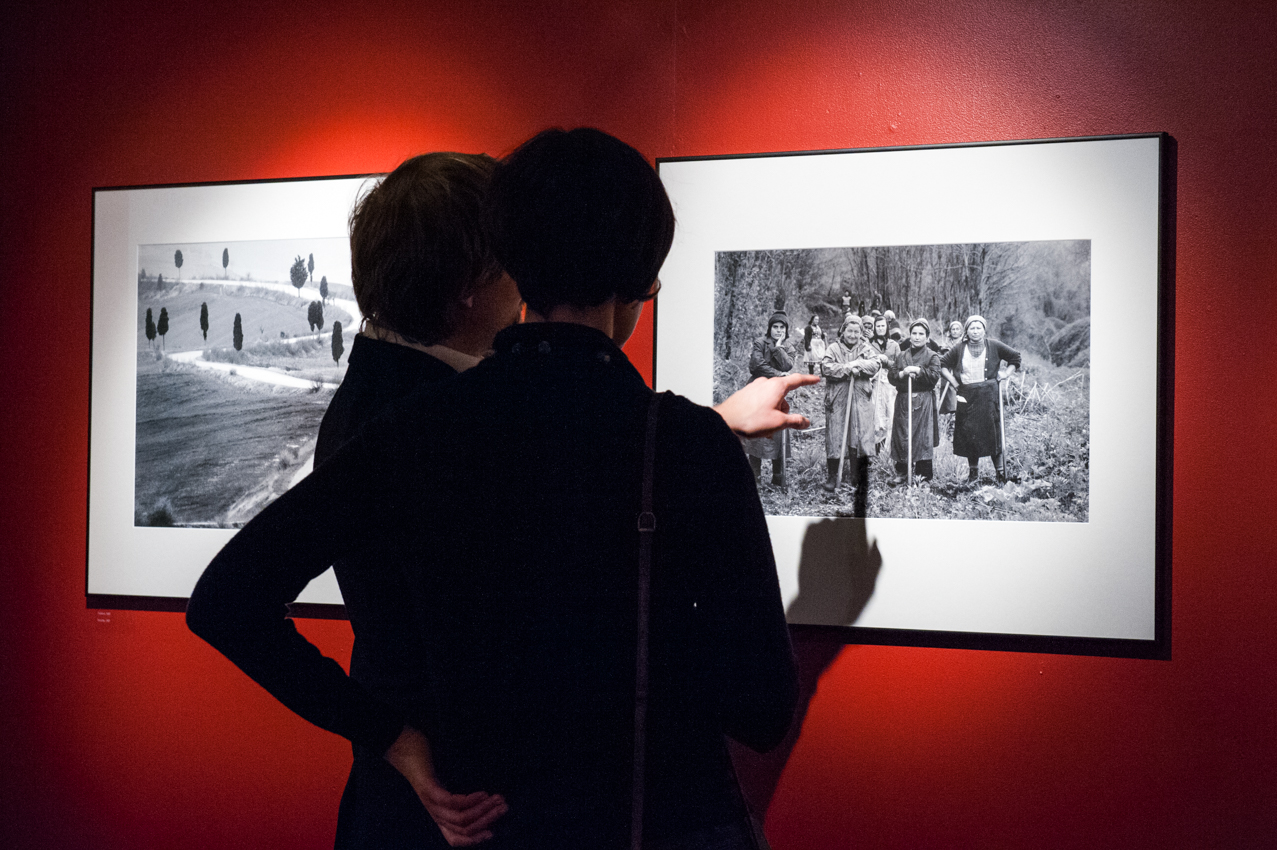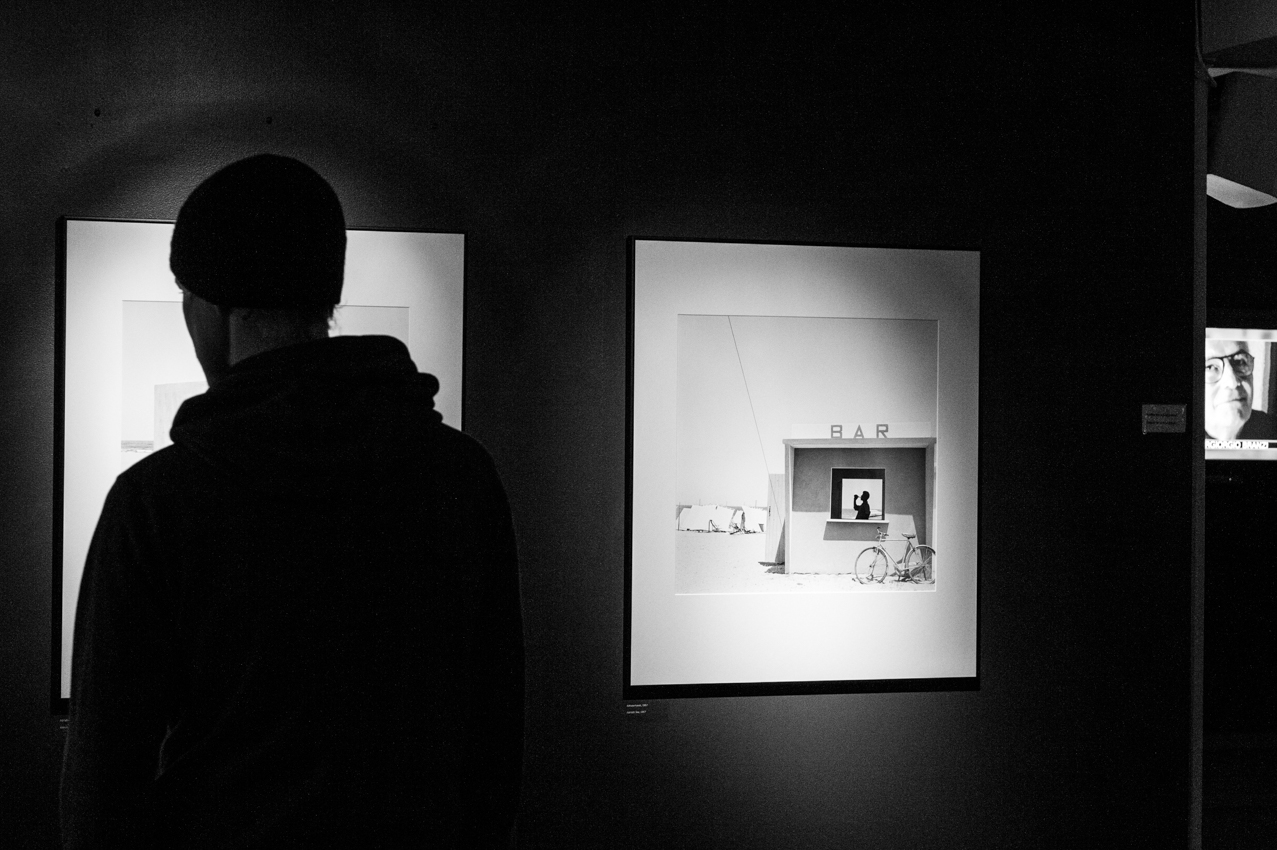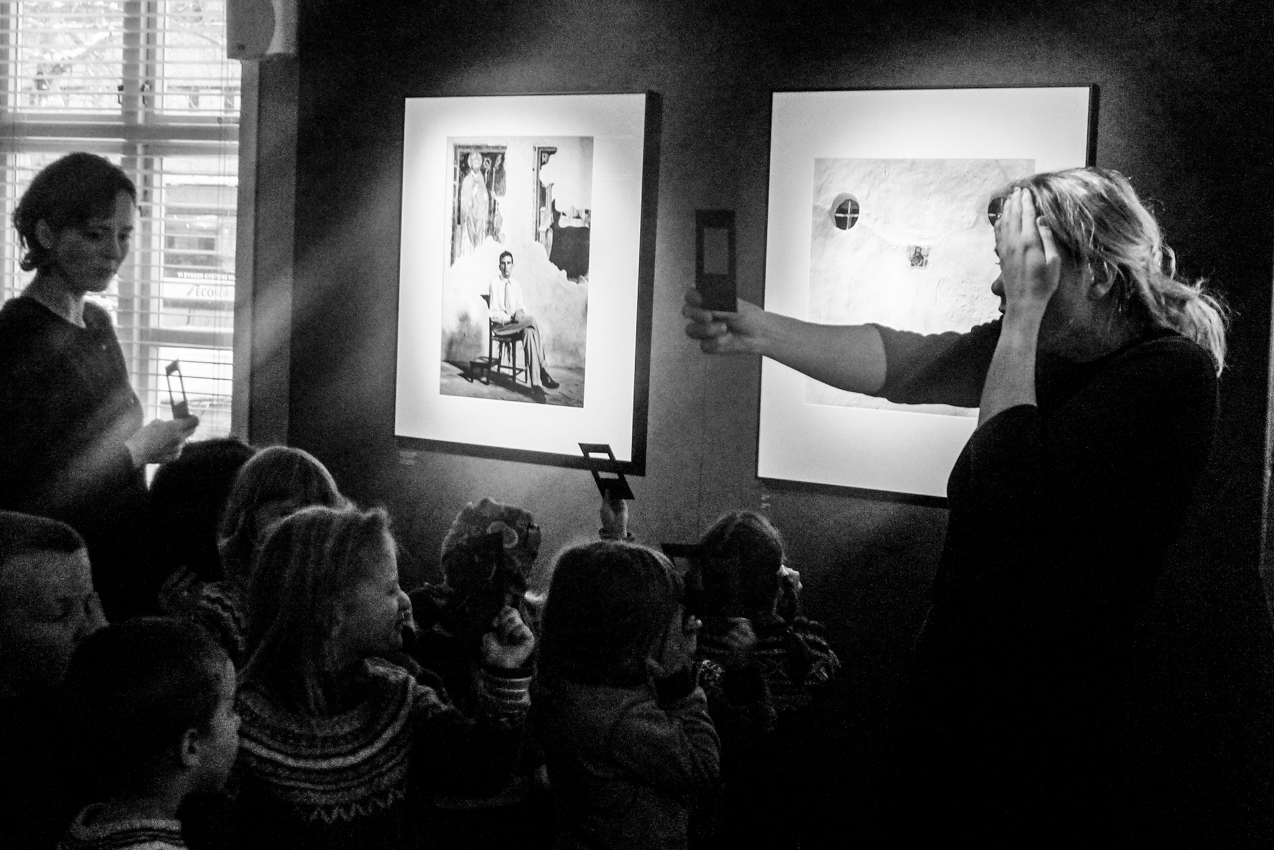The careers of Gianni Berengo Gardin and Piergiorgio Branzi started in the 1950s and both photographers were influenced by their pioneering forerunners within the documentary genre. In 1994 they were represented as two of the twentieth century’s great masters in the exhibition “The Italian Metamorphosis, 1943 – 1968” at the Guggenheim Museum in New York.
Their many prizes, awards, exhibitions and published books testify to their enormous popularity and the wide regard in which they are held. This is the first time their work has been displayed in Scandinavia.
In the 1960s, Gianni Berengo Gardin settled in Milan where he was soon given photographic assignments by various industrial concerns. He also completed projects for Touring Club Italiano, Instituto Geografico De Agostini and the prominent architect Renzo Piano, and not least the magazine Il Mondo, for which he worked for many years.
Berengo Gardin’s ambitious project has involved describing the social, political and cultural aspects of life in post-war Italy, including reports on psychiatric institutes, the 1968 movement and gypsies. People at work, the lives and conditions of ordinary folk and landscapes are his key motifs in his photographs. All of this, always with deep respect, and considering the eye, heart and mind equally important.
Piergiorgio Branzi studied classical culture and history and is known for his experimental style and elegant compositions, finely balancing a tranquil lyricism with formal realism. Through a broad array of motifs featuring people and environments in both urban and provincial settings, he conveys his keen interest in social and political conditions in post-war Italy.
Piergiorgio Branzi is also known as a talented writer, thanks not least to his popular travel diaries from southern Italy, Spain and India between 1953 and 1960. He later worked as a journalist for the RAI television company which dispatched him to Moscow as the first western reporter in the Soviet Union.

